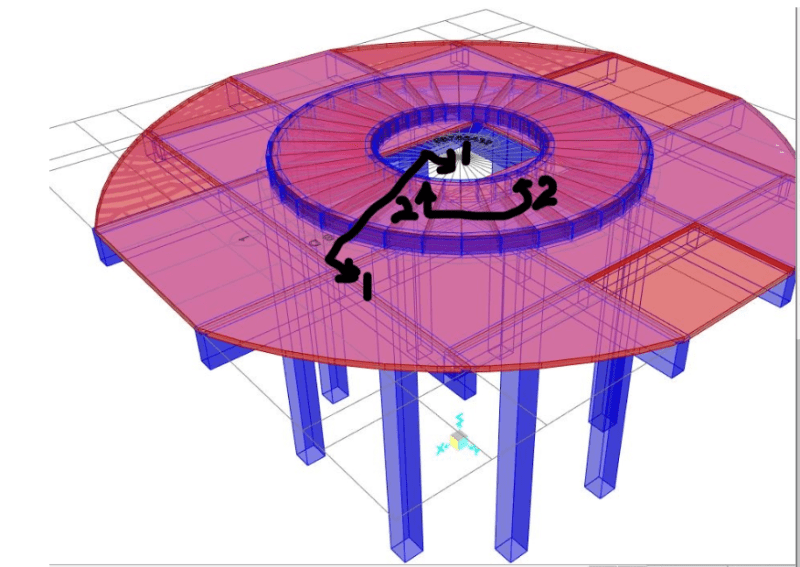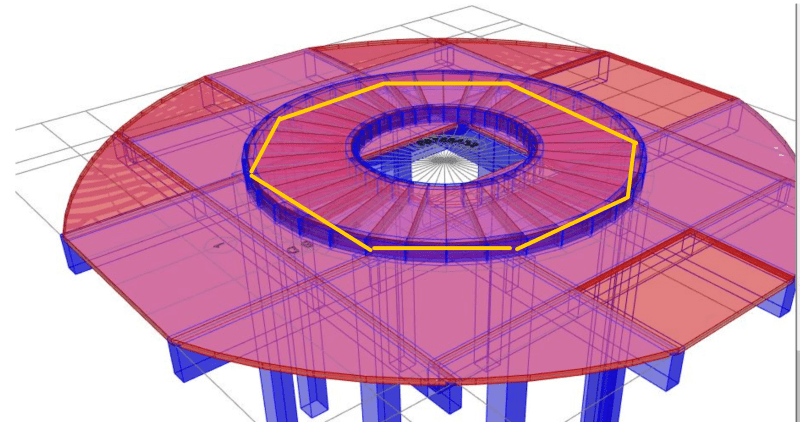John188
Civil/Environmental
- Jul 8, 2016
- 25
I want to add a circular beam and slab section on the top of the existing slab. But i am confused on how to create a connection between this two things. Should we assign constraints or is there some way to model it?


